Moldings for separating wallpaper in the interior of the house
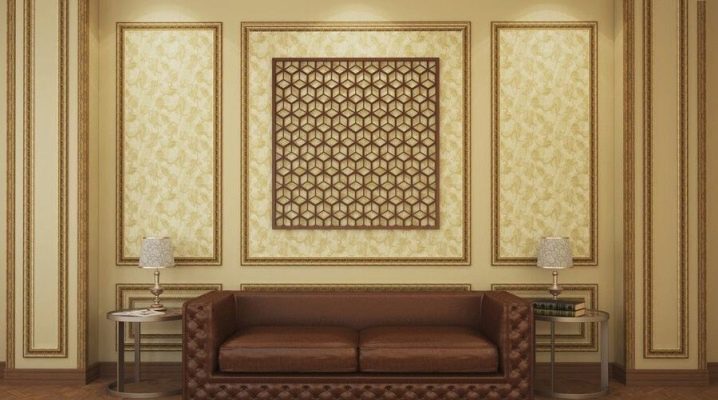
Interior moldings are often used, because this element is impeccable as a tool of emphasis, accent and zoning. And moldings are different, as are the rooms where they appear. But if everything is decided with the choice, then not everyone knows how to glue them and then how to take care of them.

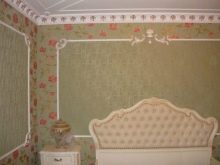
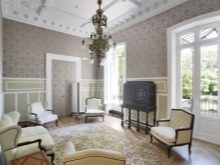
Appointment
In this case, we are talking only about those moldings that are used to separate the wallpaper on the wall. Yes, they are often used as a separate decorative element, but dividing the wallpaper is a more familiar function of moldings. The wall element unites what does not look organic without it. Completely different wallpapers, the combination of which looks like a dubious undertaking, with well-glued molding may seem like companions.
Such overlays look good in any room: a bathroom, a bedroom by itself, a living room, a nursery, a spacious hallway. And they are glued in the kitchen. With the help of these products, you can select a specific area of the wallpaper in order to form a frame around it. Such inserts visually change the interior, set accents, and even the size of the room visually changes. You can also shift the focal point.
And sometimes a window is decorated with a molding, building an original frame around its perimeter.
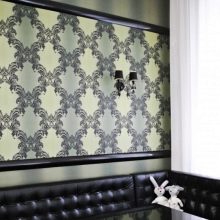
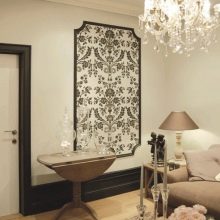
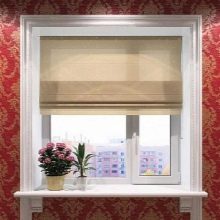
Main functions of wall moldings:
- decorate inter-fight joints, arrange transitions;
- decorating the space is a simple move instead of a full-fledged cosmetic repair;
- visually expand or reduce the room;
- zone the space.
Of course, this is a simple and inexpensive idea for transforming a room. But the hidden catch lies in geometry: if you twist it a little, instead of an elegant idea, there will be a sloppy innovation that will break the proportions and ruin everything that is. This does not mean that you cannot glue the molding with your own hands, you will have to call the masters. It only says that you need to roll up your sleeves, use the level, draw and do everything according to the calculations.
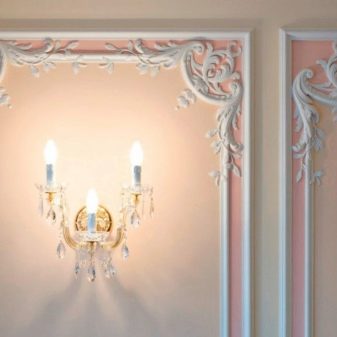
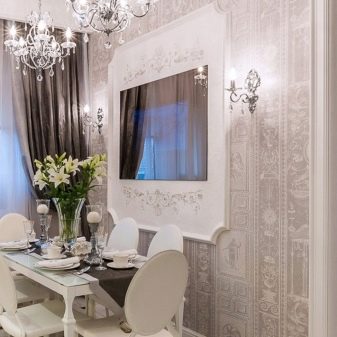
What are they?
The most popular is the polyurethane wall molding. In terms of price and quality, this is a sensible option. It will be both high-strength and "long-lasting" - such a molding can sag for more than 30 years. It is easy to glue and easy to care for. You can also find a suitable option by color, therefore you do not need to paint. Well, if you want, you can always do it.
And, by the way, after painting, the molding may seem plaster, not polyurethane - a good "trick".
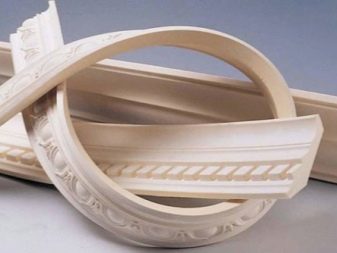
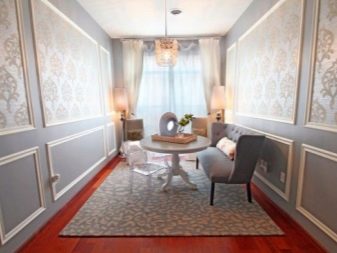
There are other types of wall moldings.
- Plastic. Cheap, lightweight and water resistant are its main advantages. It is mounted quickly, even a beginner can handle it. In a word, of the options quickly and inexpensively, this one is the best. But not everyone likes the very fact of the presence of plastic in the interior. And for someone it does not suit the fact that the molding will be fragile, it will break on impact.
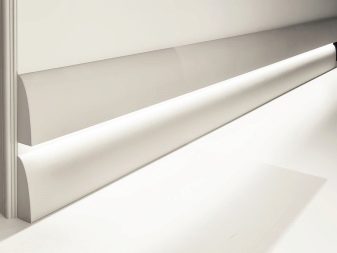

- Metal. For silver, bronze and gold - these are the options for such moldings that are actively in demand. But this will be appropriate in a classic interior, and not always in a home one. Everything here should "make friends" so that the metal insert does not look pompous and pretentious. Roughly speaking, you can't stick this on cheap wallpaper.

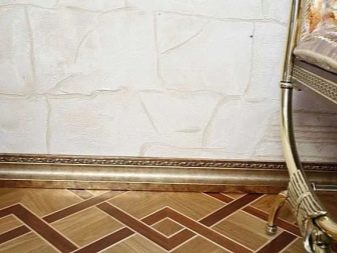
- Wood. Not to say that such a solution is very popular, but due to the originality it can be an interesting decor. However, it is also expensive. But environmentally friendly, pleasant and warm material is a lot in what types of interior it is appropriate. They often try to separate the bamboo wallpaper.
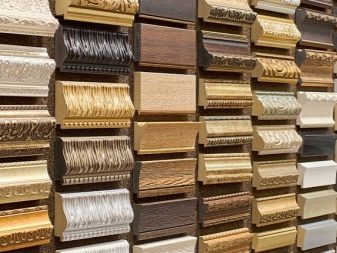

- Gypsum. Luxurious, expensive material that requires skillful handling. Well, too: not every interior design will be in tune with it. A big plus not only in its environmental friendliness, but also in good restoration.
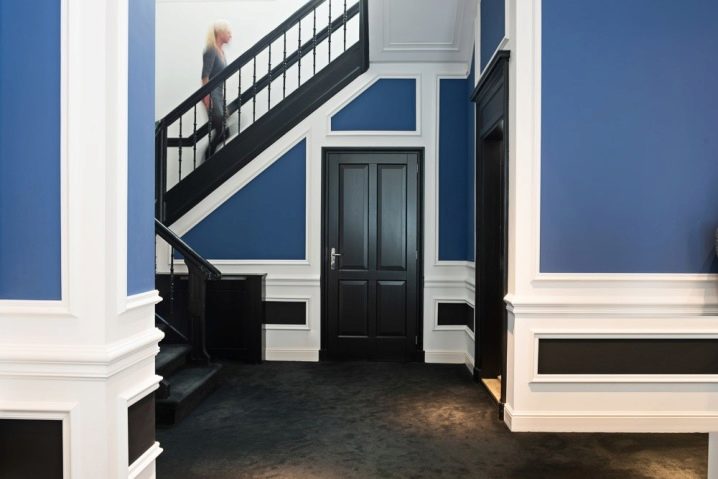
- Paper. This is not even quite a molding, but an edging, but due to the coincidence of functions, it is also considered a molding design. Not all wallpapers can be successfully divided with this option, you still need to try to make it look convincing.
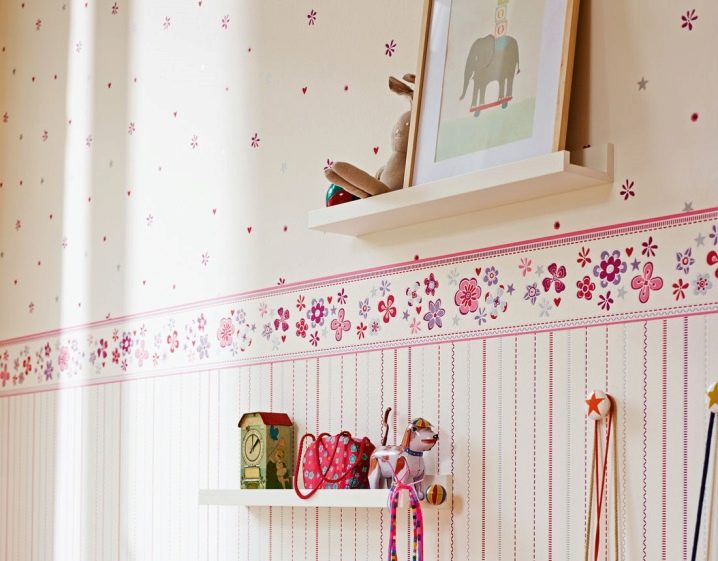
In addition to the classification based on materials, there is also a division according to the methods of fastening. There are designs where a self-adhesive locking mechanism is provided. There are systems that can only be mounted on dowels.
But mostly moldings are glued to a suitable type of glue.
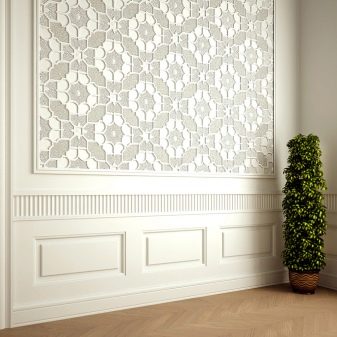
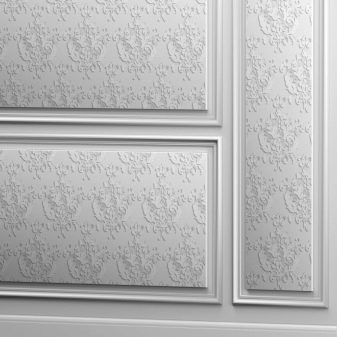
Sticking options
They will differ depending on the room.
In the living room
This is where moldings are found most often. Therefore, combined wallpapers in the living room are also more common. And usually on the central wall there is one kind of covering, and on the other three - another. Gluing wallpaper from wall to wall has long been uninteresting - there is no desired framing effect. And leaving gaps on the sides, the idea may look unfinished, but the moldings, acting as decorative delimiters, clearly do their job.
Sometimes the inserts are not glued strictly along the perimeter of the accent wallpaper, but with a narrowing of the frame. They form the decorative frame for the media zone, for example. If the room is large, there may be several such frames. Then the interior will have its own rhythm. Often, moldings are glued around photowall-paper, because the difference between them and the main ones is very rough, it must be softened.
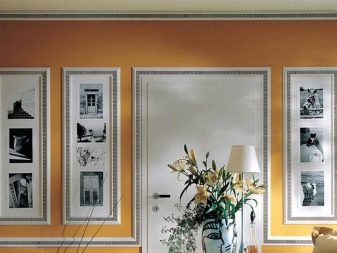

In the bedroom
The most common option for a bedroom is to highlight the bed area with moldings, especially if there is no mirror or picture, but, for example, nightlights hang. And then they will be successfully inserted into the frame, especially if this frame contains other wallpapers.
It is not true that the moldings have to be selected strictly in the color of one or the other wallpaper. They can be just light, not matching the walls at all. But the image of space also depends on their color. For example, the same bedroom may have dark wallpaper, because the owners want the feeling of a pleasant twilight, an intimate space, where it is always evening / night. But the room can look gloomy from this.
And then light moldings become appropriate, very modest accents that cut the space in a different way - it becomes more orderly, comfortable, and the feeling of a dark room disappears.

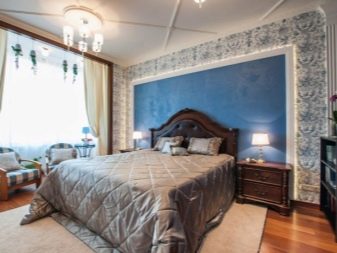
In the corridor
To make the walls more noble and distract attention from the narrow space, moldings are glued. They make the design of the walls more interesting, more classic, and therefore there is a sense of style. And the already modest width of the corridors does not seem so depressing.
In the hallway, you can choose an accent wall and decorate it with moldings. This frame may contain a mirror and a large chest of drawers. Or, for example, even a small library - more and more often you can see that the library area is taken out into the hallway (just like in Carrie Bradshaw's apartment).
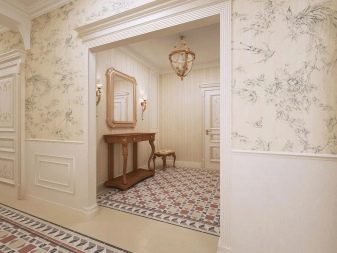
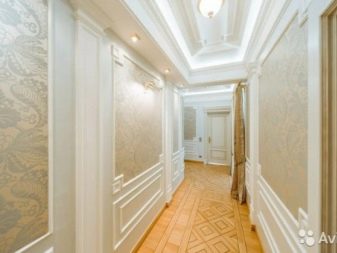
In the nursery
A certain area is also zoned, for example, a bedroom or a media zone. If the children have a TV in the room, it can also be taken into a frame made of moldings, just don't make it small - it's better to stretch the space.
You can also decorate the area above the bed - you get such a neatly delineated area instead of a carpet.

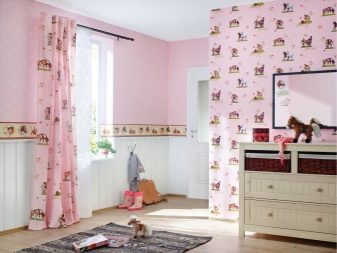
On the kitchen
By the way, the size of this space doesn't really matter. Of course, in a kitchen with a considerable footage, there is room to roam, but a small kitchenette also leaves several options for using moldings: the area above the dining table is the most obvious of them. Two types of wallpaper can intersect here, and neat inserts will make this intersection more delicate.
But it happens that a large kitchen (such as are found in new buildings) also becomes a living room, in order, for example, to make a kopeck piece out of a single room. And then you need to clearly zone the cooking place and the living area.If the wallpaper is different, the moldings can enhance the zoning.
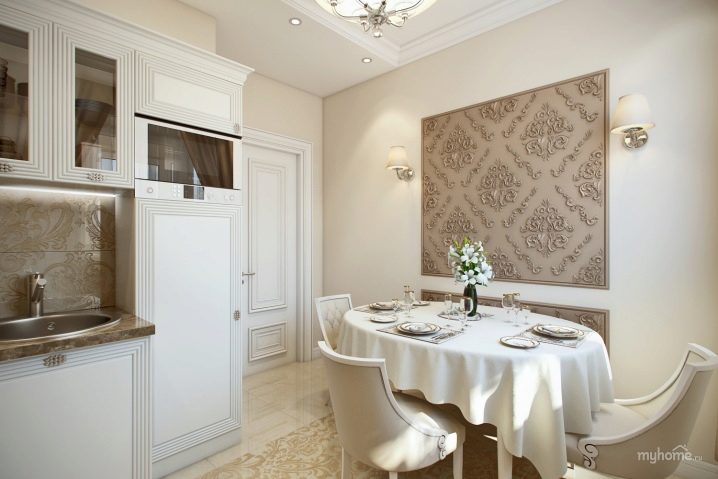
How and with what to glue?
Adhesive for moldings is always chosen depending on the material of the inserts themselves. If this is a tree, then you need a compound designed to work with wood. If plastic, the option that works with him. The foam molding will adhere to any all-purpose adhesive.
The most interesting thing in this case is the sequence of works. Because it is not obvious. Most people do this: first they glue wallpaper (for example, non-woven), and then a molding on top of them. But it is better to change the order of work. Although it is labor intensive, there are fewer risks.
Firstly, it is not always clear how much glue to take, and secondly, if the glue gets on the wallpaper, for many canvases this is simply an irreversible oversight.
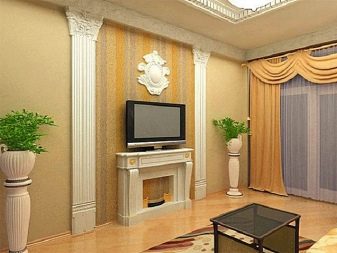
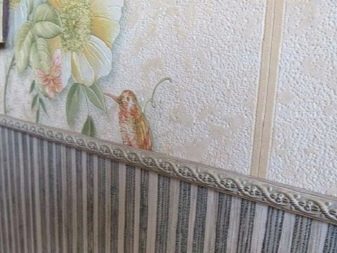
We will find out how to fix the moldings.
- Before installation, the inserts should lie in the room where they will be glued for 24 hours. This is fundamental - it is important to allow the material to adapt to the environment.
- The wall should already be leveled and primed, but without finishing (that is, the wallpaper is not glued). Places for the installation of moldings are drawn on the surface of the wall.
- It will be more convenient if the corner elements are first glued, and then rectilinear elements are joined to them. The glue is carefully applied to the new part, the molding is pressed tightly.
- If the planks are very heavy, there will not be enough glue. We'll have to take self-tapping screws. Then, by the way, they can be removed, and the places from them can be putty.
- Excess glue is removed with a damp cloth - you have to wait until everything is dry. This will take at least 5 hours. All seams are well putty. The molding is painted in the desired shade.
- It is better to paint without haste the next day, when the molding is already firmly seized with the wall. You should not take those compositions where acetone and other active solvents are present.
And only then - wallpapering. Yes, you will have to cut, but without the risk of spoiling the canvases. And the inserts that are not glued to the wallpaper, but to the bare wall, will last much longer. And when you change the wallpaper, you don't have to change it, which is practical.
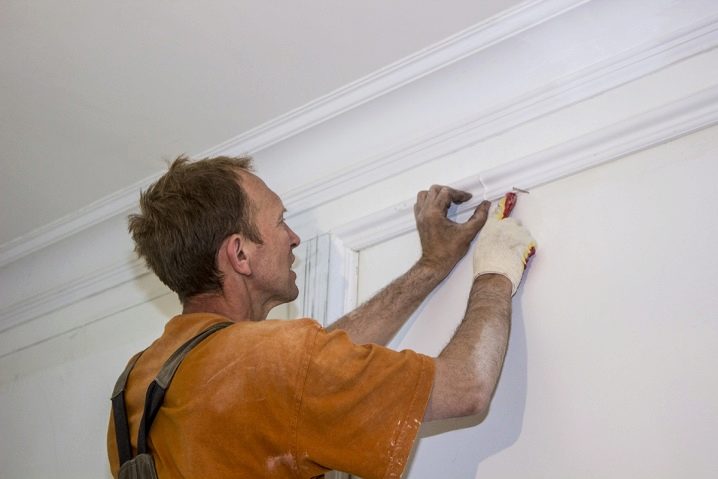
Care
As a rule, a dry or slightly damp cloth is enough to dust off the moldings from time to time. Rare options require the use of some kind of special detergent. For most options, regular soapy water will work. Do not forget about pipidaster and similar devices that help remove dust from gypsum inserts, for example. Care is also important as dust accumulates.
If the years go by and the white color begins to turn yellow, the moldings can be repainted - but the wallpaper must be protected from paint. You can use a film, in some cases masking tape will do.
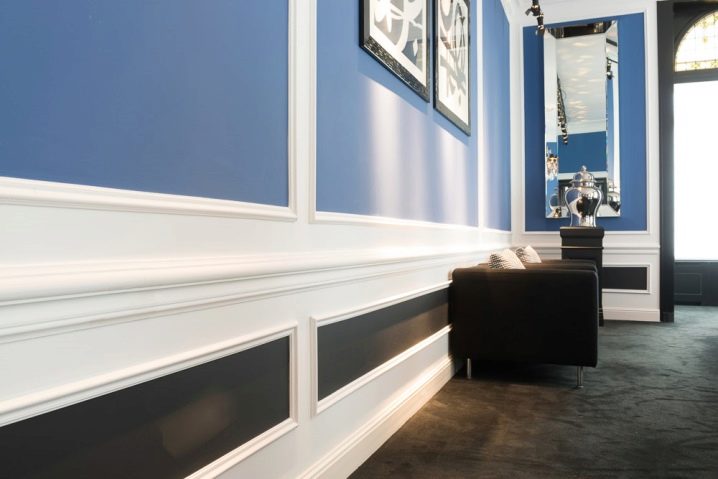
Examples in the interior
The most interesting thing is to see real wallpaper combinations that become more expressive with the help of moldings.
These examples inspire renovations.
- There are a lot of inserts, plus inserts from above do not look quite usual. And this makes the room more interesting and dynamic. For a young girl - a good option.
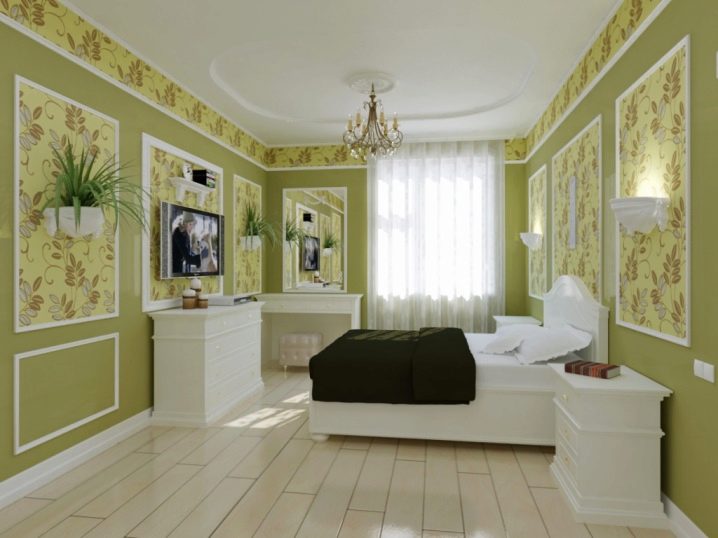
- It seems that these are two paintings with a non-random ornament. But the wallpaper inserts framed by molding are just so cleverly included. Polyurethane can be glued to liquid nails.

- The horizontal division of wallpaper in the hallway or corridor is a standard option. And the classic wide white molding. +100 points for comfort immediately.
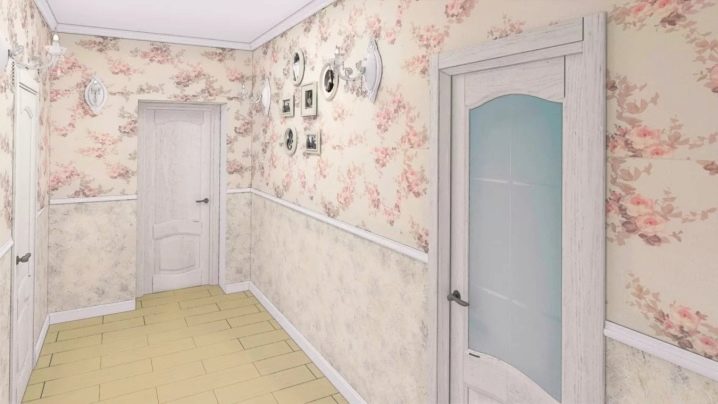
- Another option for horizontal combination, at the junction of which there is a neat white molding. In order for the interior to always be springtime and the sun played beautifully in it, you can choose such a solution.
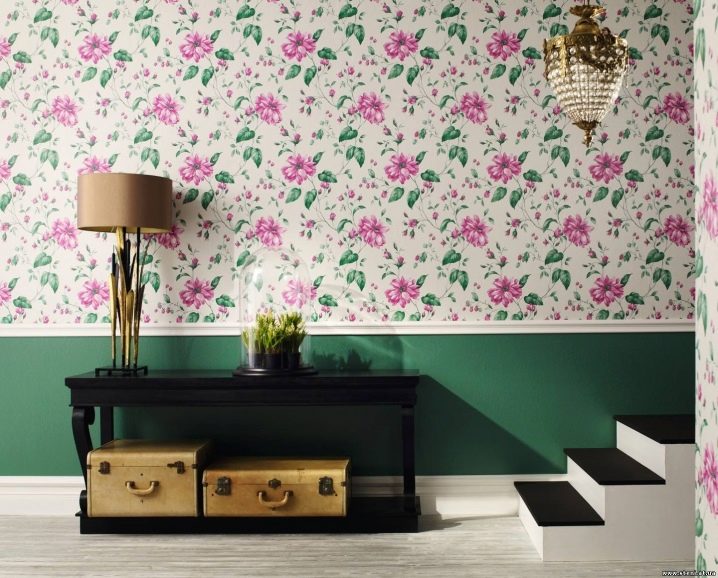
- A similar insert above the bed is better than any picture. - and this is just wallpaper, but elegantly selected moldings make an inexpensive solution elegant.
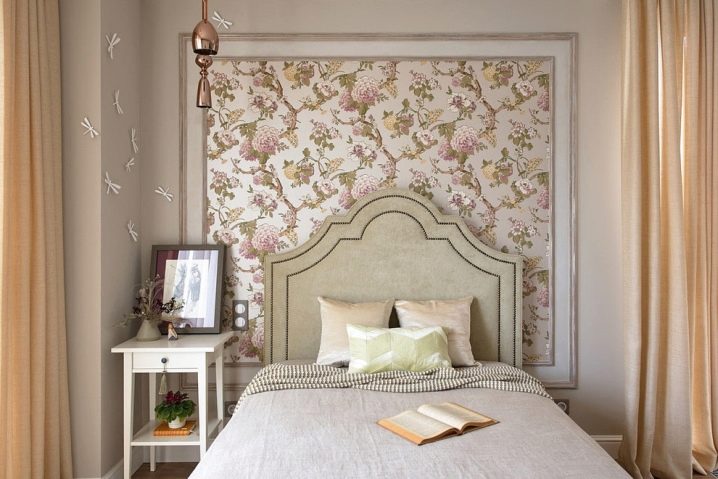
- Also a design option for the bedside area, but in this case there is a niche here. This upholstery insert resonates well with curtains.
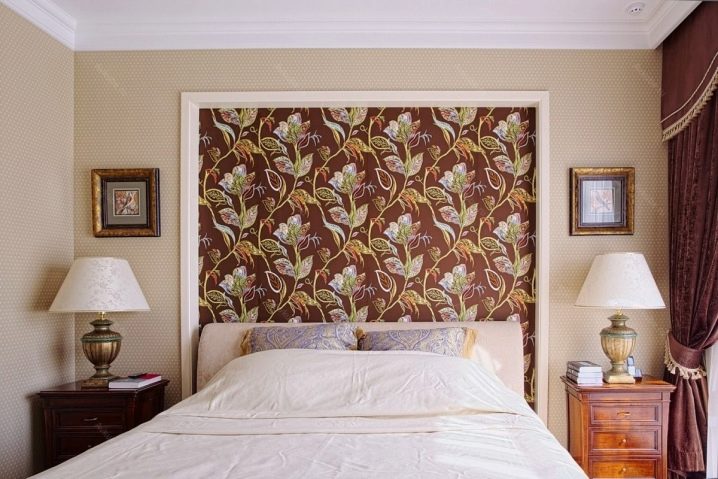
- A story about thin moldings, which in this case are more appropriate - the space is gentle, not overloaded.
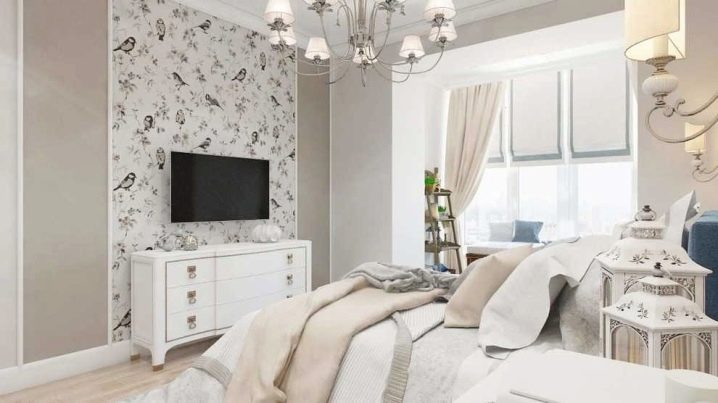
- Should the frame always be square - no, not always. Here is a more virtuoso example, you have to tinker, but it is very beautiful.
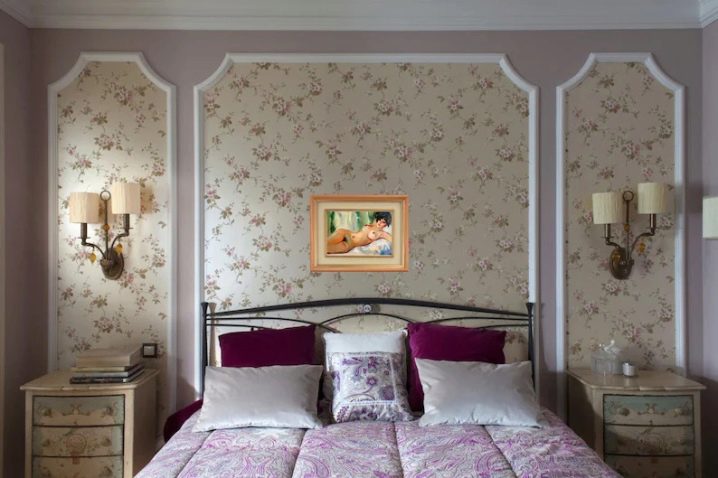
It has been proven in practice that moldings change the space, it seems more neat and orderly. Yes, it is order that comes into the room with these simple but self-contained elements.
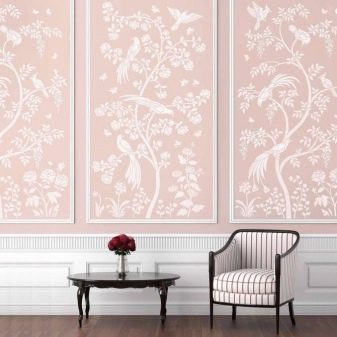
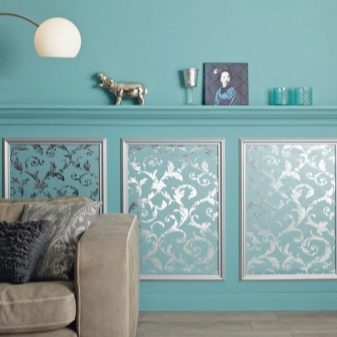













The comment was sent successfully.